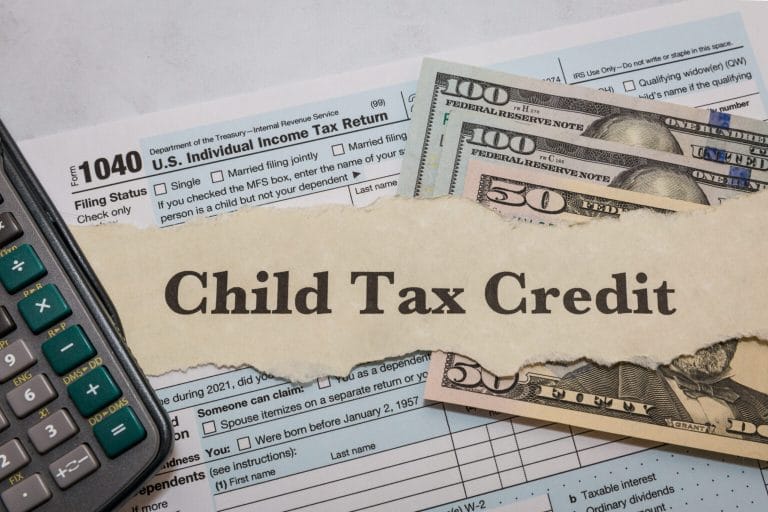🎧 Listen to This Article
The current maximum child tax credit is $2,000 per qualifying child, but will revert to $1,000 in 2026 unless Congress takes action. Both House and Senate GOP proposals aim to increase the credit but phase-in changes will mirror the existing structure of the tax break. Some experts argue that low-income families may not benefit from these proposed increases due to the way the credit is structured.
What’s in the New Proposals?
As Republicans in the Senate race to pass President Donald Trump’s “big beautiful” spending bill, one of the key provisions under scrutiny is the child tax credit. While the Tax Cuts and Jobs Act (TCJA) of 2017 temporarily increased the maximum child tax credit to $2,000 (up from $1,000), this increase is set to expire after 2025 unless Congress intervenes.
Here’s a breakdown of what the House and Senate proposals aim to do with the credit:
- Senate Proposal:
The Senate bill would permanently increase the child tax credit to $2,200 starting in 2025, with inflation indexing after that. - House Proposal:
The House bill would increase the child tax credit to $2,500 between 2025 and 2028. After 2028, it would drop back to $2,000 and be indexed for inflation.
Although these proposed increases might seem like a win for middle-class families, experts warn that the increase may not benefit those who need it most—the lowest-earning households.
How the Child Tax Credit Currently Works
Under the current system:
- Families with a qualifying child under age 17 can receive up to $2,000 per child.
- Up to $1,700 is refundable, meaning it can provide a refund even if you owe no taxes, provided your tax liability exceeds the non-refundable portion.
The credit begins to phase in once your adjusted gross income (AGI) exceeds $2,500. It then provides 15% of AGI up until the cap of $2,000 per child.
However, the credit phases out for high-income families:
- $400,000 for married couples filing jointly
- $200,000 for all other taxpayers
This means that while higher earners may see the full benefit, families in lower income brackets may not access the full $2,000 credit if they don’t owe enough taxes.
Challenges for Low-Income Families
A central issue with the child tax credit, experts say, is that 17 million children don’t receive the full credit because their families earn too little to owe taxes. These families may see some benefit from the credit, but the full $2,000 (or higher) won’t be available to them under the current structure, including the new proposals.
As Kris Cox, Director of Federal Tax Policy at the Center on Budget and Policy Priorities, pointed out, the proposed increases are unlikely to help low-income families. The increase in credit would primarily benefit middle and upper-income households rather than those struggling at the lower end of the income scale.
Could It Boost Fertility Rates?
The proposed increase in the child tax credit comes amid ongoing concerns about low fertility rates in the U.S. Lawmakers, including those in the Trump administration, have pointed to financial incentives like a larger child tax credit as a way to encourage families to have more children.
While some research suggests that financial incentives can help boost fertility in the short term, many experts caution that this alone may not solve the long-term demographic issues facing the U.S.
What’s at Stake?
As both Senate and House Republicans work through the final details of the tax bills, the child tax credit stands out as a crucial element for many families. However, the structure of the credit, particularly the phase-in provisions and lack of significant changes for low-income families, means that it may not be the boon many expect.
For further details, clarification, contributions, or any concerns regarding this article, please get in touch with us at editorial@tax.news. We value your feedback and are committed to providing accurate and timely information. Please note that our privacy policy will handle all inquiries.



